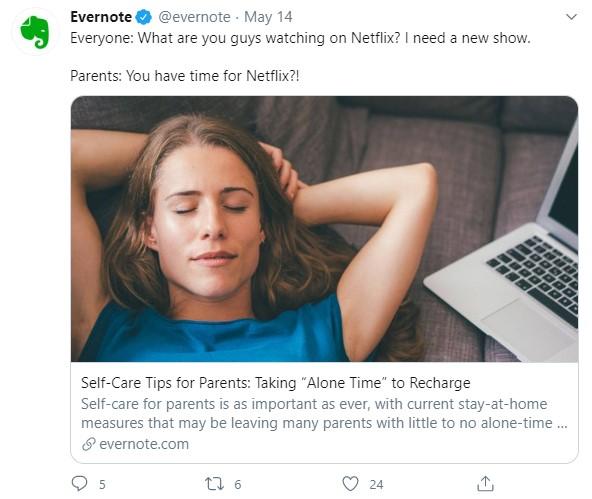
While social media is a key marketing channel for any business, consumer-focused community management just seems, well, fun. In fact, unless you’re a social media strategist for a B2B company, I’d bet that most of the brands you follow on social are not your software companies (eek), or financial firms, or office management apps. However, as a social strategist, I follow tons of brands that I’ve never actually purchased anything from just to get a feel for their aesthetic, brand voice, and basic engagement strategy.
B2C brands are experts at making their social accounts feel more human. That’s why we’ve compiled a list of nine tips that B2B marketers can learn from them. There are four key phases for these lessons:
- Establishing your brand aesthetic
- Growing your follower account
- Boosting social media engagement
- Maintaining your followers and customers
Let’s get started.
Establishing your brand aesthetic
Your brand aesthetic is the absolute first thing that you or your marketing team needs to establish before diving into social strategy. And let’s be honest, consumer-facing brands are much better at using creative teams to build a cohesive brand aesthetic. That means anything from your brand colors through to voice and tone. No, I don’t think your Instagram grid or LinkedIn feed needs to look completely cohesive, but each post needs to reflect your brand.
1. Draft a brand tone guide
While design and copy are equally important for any social media posts, I think it’s easier to match tone to existing branded design than vice versa. If you haven’t yet written a more general tone guide for your corporate website and marketing materials, start there. Decide what is going to be the most formal tone (e.g., press releases, news announcements, emails from the executive team) to the most casual (e.g., social media and promotional emails).
If you’re having difficulty, start by identifying words that you absolutely would never want to use on social posts. After that, identify words that you like to use to describe your offering—from taglines to marketing campaign headlines. Those exercises should help develop some guidelines for your social media managers.
And while you’re getting started, check out other tone guides for ideas. We have one here at WordStream, and MailChimp’s guide is also one of my favorites.
2. Create social personas
Not every social channel is created equal. So even if LinkedIn and TikTok are managed by the same social media marketer, they should definitely be treating those like separate entities. I’ve found it easiest to take the social media tone guide and create “buyer” personas for each channel.
Don’t worry—these can be much less built out than your typical buyer persona, but lean into your product marketers for help here!
Growing your follower count
Once you have a clear aesthetic and direction for your social media content, you need to make sure you’re reaching people. It’s time to focus on growing your audience and getting more followers.
3. Run contests and giveaways
While this may seem like a cheap way to get new followers, running a giveaway on social is tried and true—and stolen right from the social media influencer handbook.) Consumer-focused accounts and influencers usually choose their own merch to give away, which is also a great choice for B2B accounts. Let’s be honest, what company wouldn’t love to save two months on a software subscription!?
However, if you can’t get your team to sign off on giving away your own product for free, think about something that is A.) generally popular or B.) somewhat related to your product, like an add-on or partner offering.
4. Interact with other brands
The best way to get more people to know your company and tone is to interact with other brands on their social accounts. Think about it: Instead of having to pay for impressions or get stuck with the people looking at your posts, get in front of your partner’s audience for free. If you’re commenting and reposting their content, they are more likely to return the favor.
My favorite example of all time is how MoonPie interacts with other brands on Twitter. If you’re looking for a different example, look no further than your favorite meme accounts on Instagram—or even how TikTok allows users to “duet” each other’s video. But, I mean, how can you not love this exchange?!
Boosting engagement
Having a healthy number of followers is great, and the next step is to get them to engage with your brand. That means liking photos, commenting on posts, and more. Here are a few tips from B2C brands who have awesome engagement.
5. Feature real humans
I’ll admit, I’m an Aerie addict. Not only do I love American Eagle jeans, I’m in love with the workout clothes and swimsuits from their Aerie brand. But I digress. The absolute best thing about their social strategy—and overall brand strategy—is their refusal to retouch any of their models. Sticking to that relatable line of branding, they also have been running an #AerieREAL campaign, featuring their own customers wearing their products.
Encourage your customers and followers to showcase your products in their businesses or daily lives. While it may not be as exciting as leopard print leggings, highlighting the many ways your business helps others do their jobs is just as good in my book.
6. Engage in real time
It may feel like everyone and their mom is going live on social media during these quarantine days, but that is also an indication that even more people are engaging in real time. While live videos were already getting 3x more engagement than recorded videos, I’d bet we’ll see that number grow when Facebook releases its latest stats.
Consider going live to share your company culture, share industry/company updates, or just answer some FAQs. This will put another human element to your business. When you (or your social media manager or your CEO or whomever) is able to look into a camera and answer live questions directly from your customers, that’s pretty powerful.
Maintaining your followers and customers
Okay, if you have a brand aesthetic and engaged followers you’re done, right? No way! You need to keep up on social media in order to maintain your followers and keep reaching your customers.
7. Respond to comments
It can be easy to load up your social scheduling platform at the beginning of the week and let your calendar run itself. Believe me, I’ve been there. However, offering your customers quick responses to their comments or questions is so important. Especially when we’re all getting bursts of productivity at funny times of the day, your customer may need to know that answer right now, before they fall back into a slump.
A great example of this is Spotify’s Twitter account and—you hate to hear it—famous TikTokers. The most popular accounts respond to comments, even if it’s just a like. What’s even better, social platform algorithms reward that type of engagement from creators. This TikTok user keeps showing up on my “For You” page and has been steadily growing his audience. You can see the TikTok here (can you tell that I escaped to my parents’ for quarantine?).
8. Show off excellent service
Not-so-humble-bragging on social is what every platform was made for. I mean, seriously, does everyone else’s homemade baked goods look better than mine in real life?! Why is their banana bread so photogenic??
Whether it’s posting a case study (please get a video of your client, please get a video of your client), or retweeting some customer praise, go out and flex on ’em. Even better, make it about how your service made their lives easier, more productive, more profitable, you name it.
Pro Tip: B2C brands typically have twitter accounts dedicated to customer service, like @SpotifyCares. If you don’t want your normal feed to fill up with support requests, think about creating a support account that can be run by your customer service team.
9. Maintain regular cadence and campaigns
Last but obviously not least, you *have* to stay active on your social accounts. If you’re feeling overwhelmed by the labor that goes into it, pick one account to be your primary, create content for that, and repurpose it for the others. I personally recommend making Instagram your primary account because it requires thoughtful imagery AND copy, which can easily be reposted on LinkedIn, Facebook, and Twitter (or you can even use it on Pinterest!).
Keep in mind, maintaining a calendar isn’t all of it. You should be spending at least an hour scrolling on social media per day; checking comments, retweets, likes, follows, industry updates, responding to posts, etc. It’ll be worth it! That time and energy will help you brainstorm new content ideas, gain traction on the platforms, and understand user pain points and target your audience more effectively. And if you’re using a social management platform, the whole process will be simplified by setting up the right alerts.
Make sure to use these tips on all social media platforms
I’ll leave you with a final piece of advice: don’t just focus on LinkedIn. It is a powerful tool for B2B sales and marketing, but if you’re looking to develop a brand, lean into some more creative social media networks! Don’t be scared to show your true colors. Diversifying will expand brand recognition to new audiences and help retain your own customers.

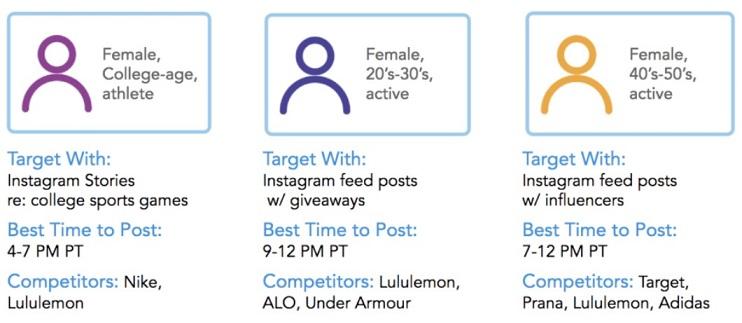

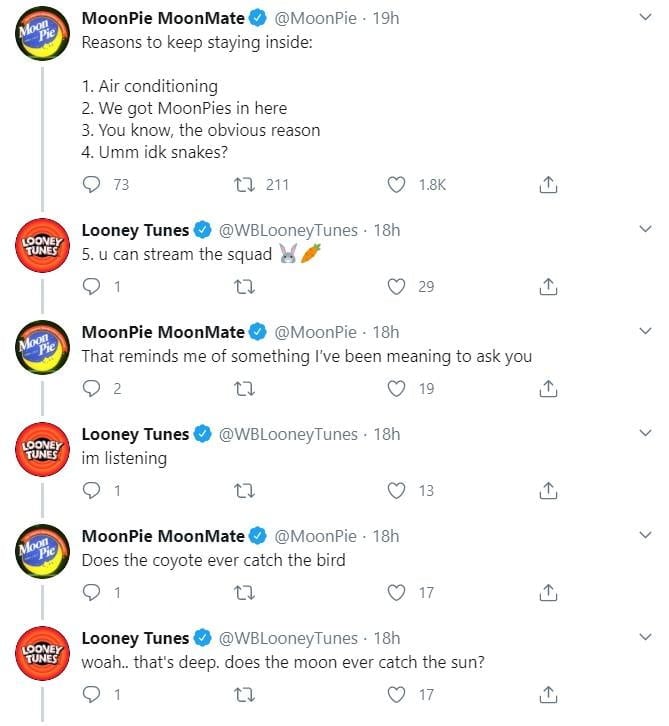
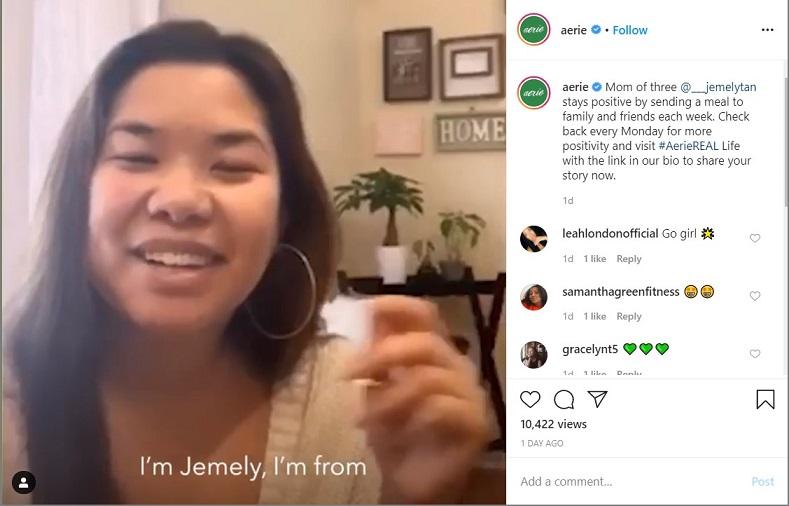
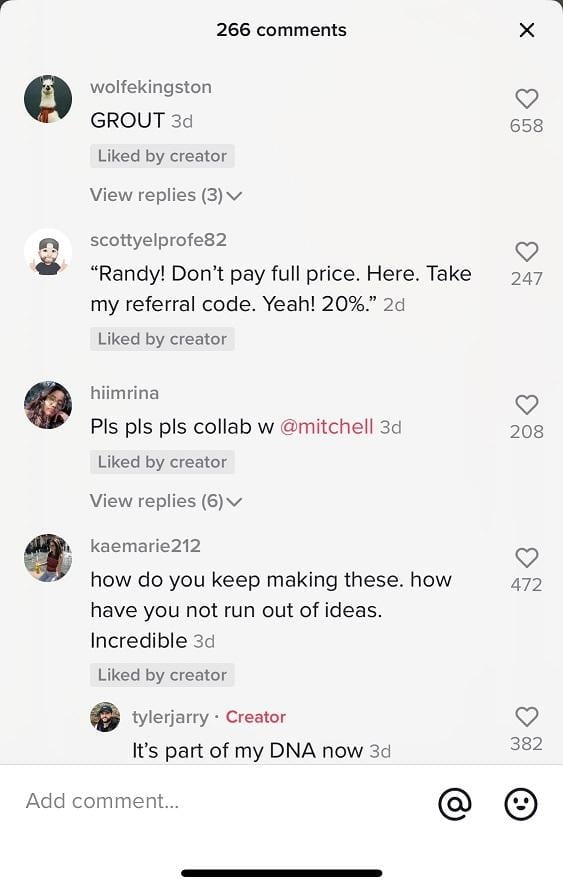
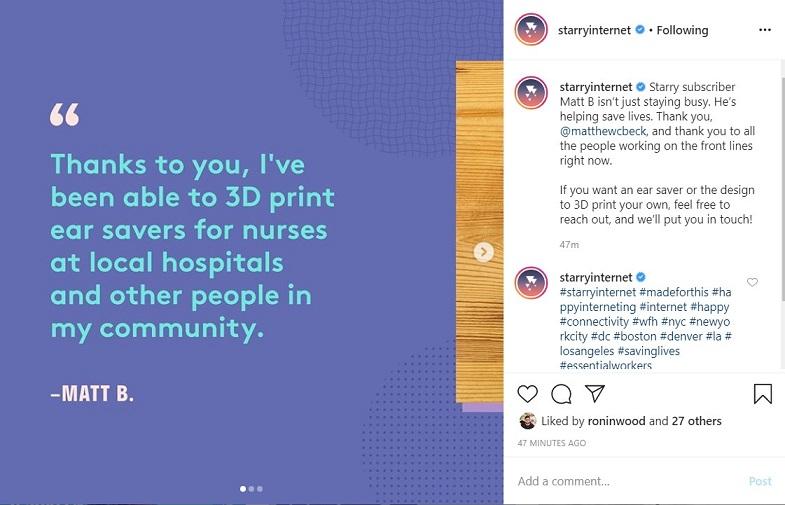
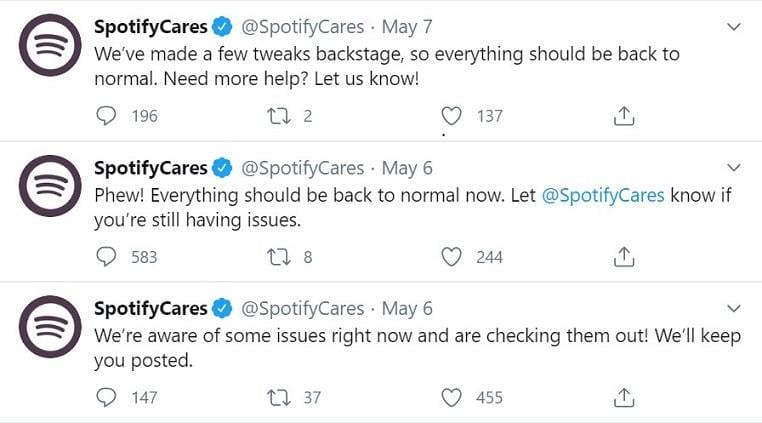





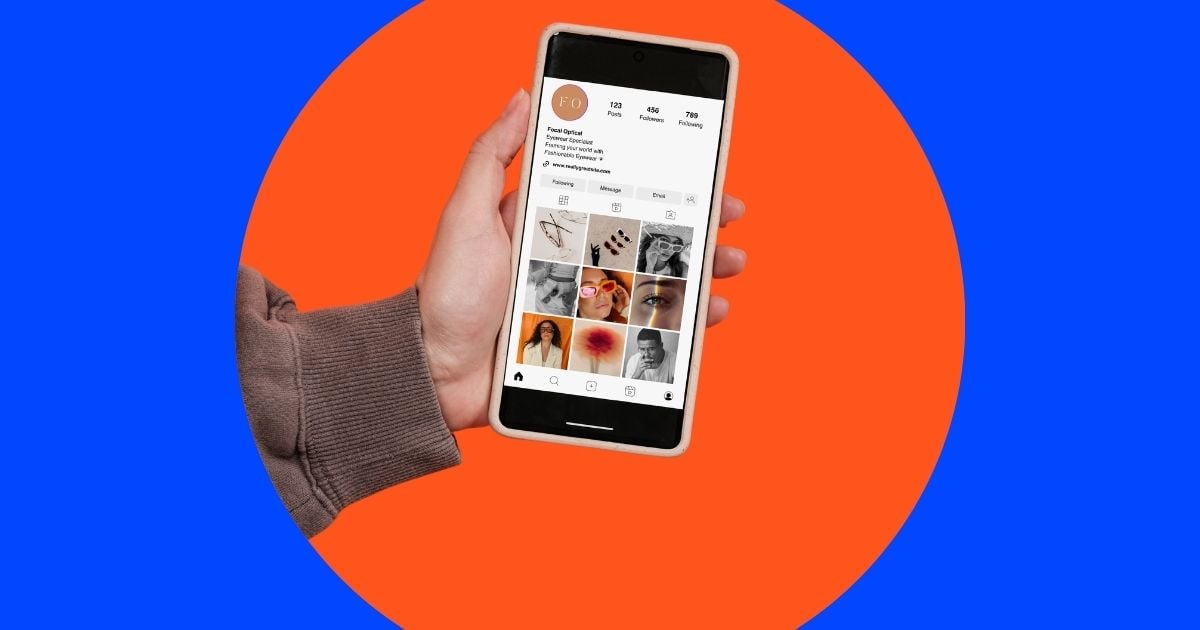

Comments
Please read our Comment Policy before commenting.